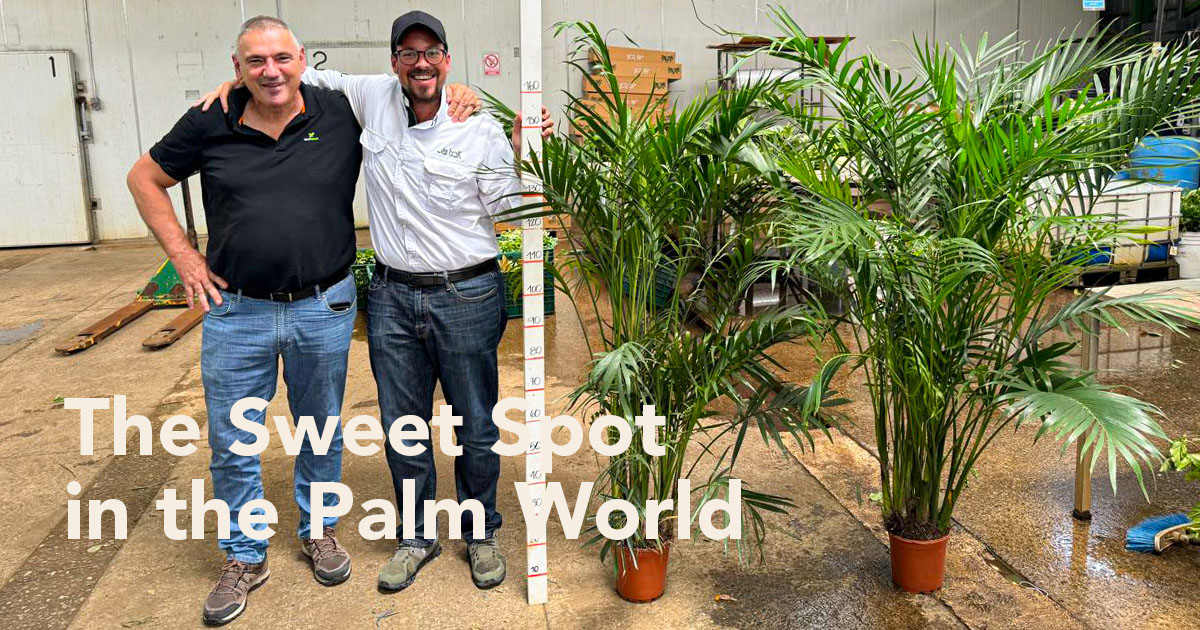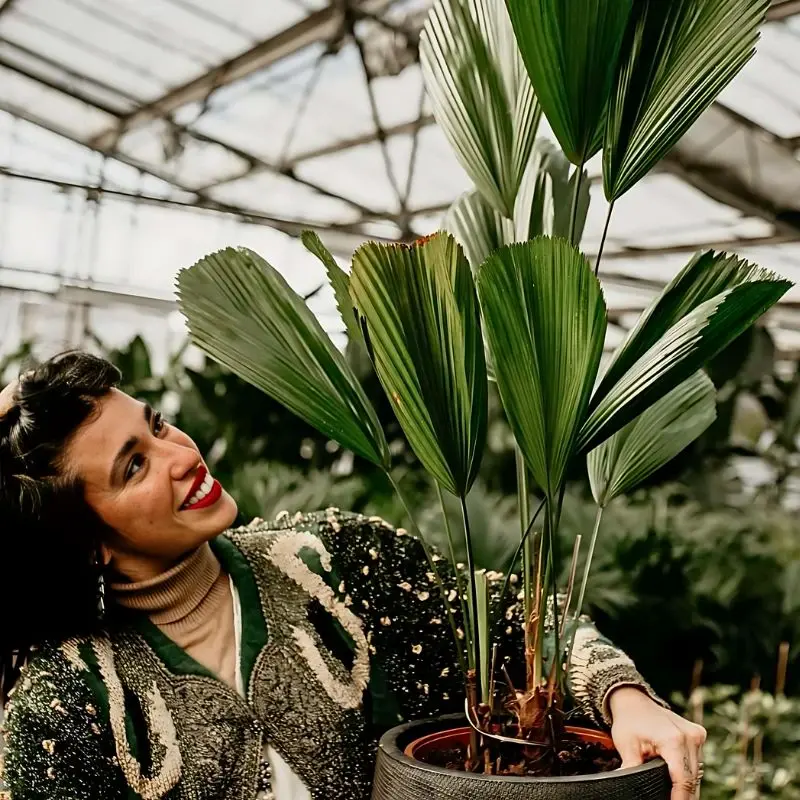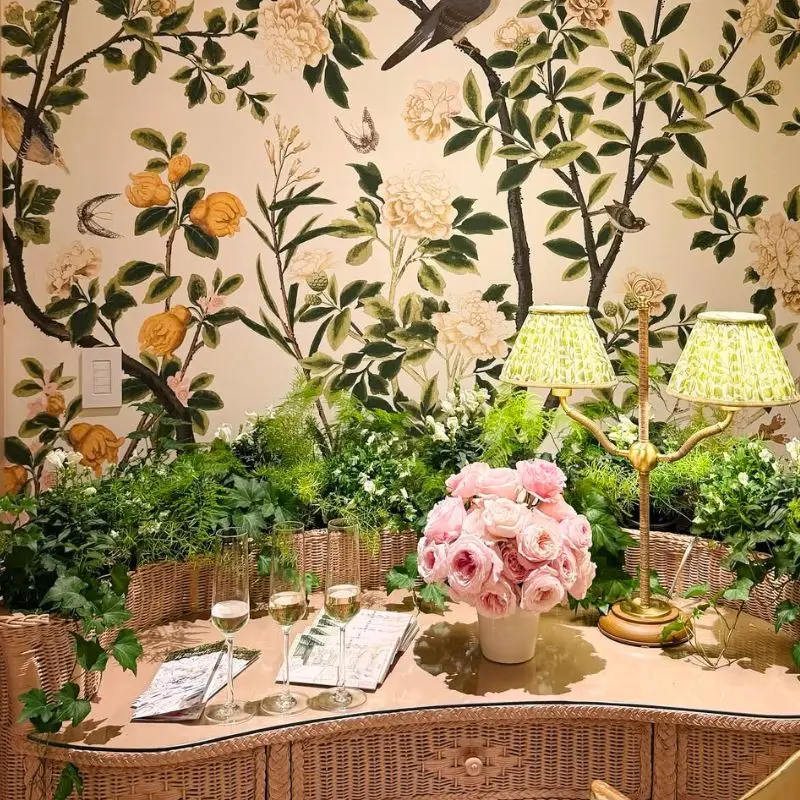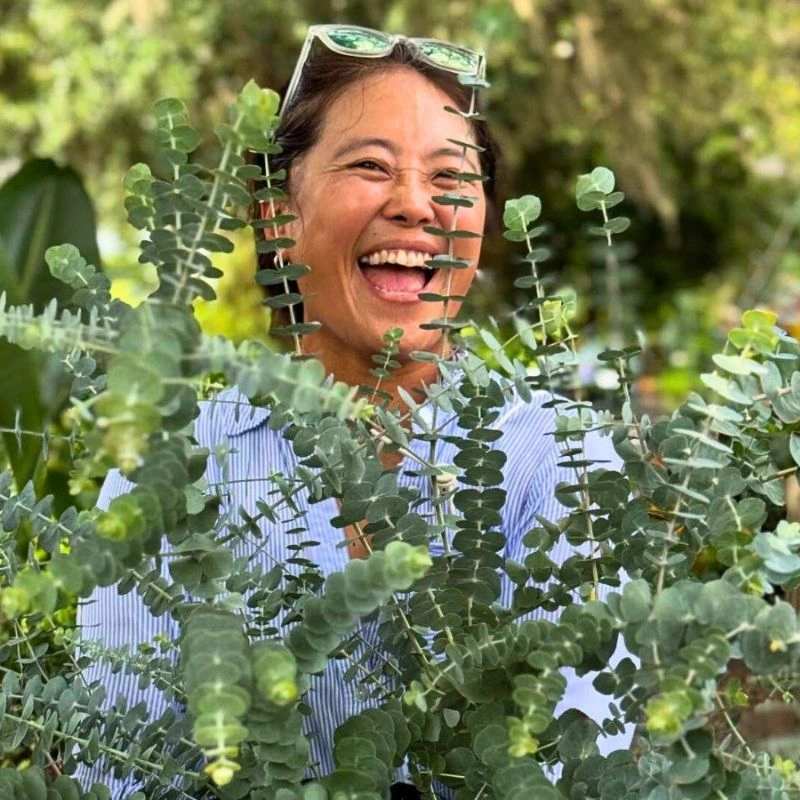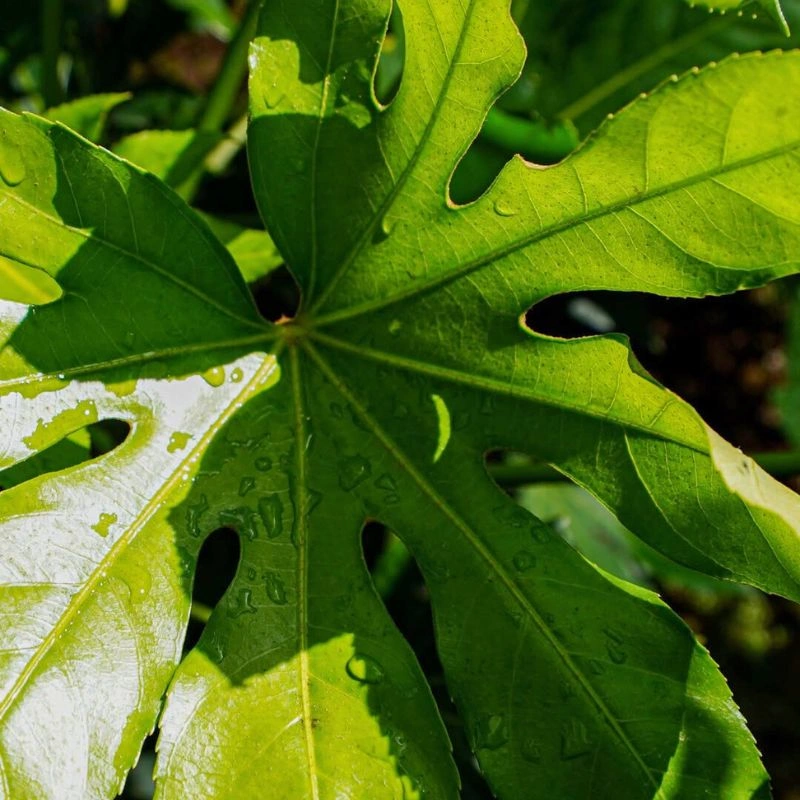The ornamental plant industry features countless types of plants and different palm varieties that have dominated this space for years. But, there's a new contender attracting attention when it comes to plants and landscaping: the Cat Palm (Chamaedorea cataractarum). This palm tree is changing the game in ways that hardly go unnoticed by growers, retailers, and plant enthusiasts. The Cat Palm sits in the sweet spot between two well-known palms—the Areca and the Kentia.
Why the Cat Palm Is Gaining That Momentum
The Cat Palm's year-round availability creates reliability for different landscaping needs, while its ease of growing and maintenance make it an excellent choice. TAK Global leads this plant's revolution with its 20-hectare production farm in Costa Rica, which guarantees year-round availability of premium quality Cat Palm plants for exporters and retailers throughout the supply chain. So, here is why this palm is gaining that momentum, and why the Cat Palm tree trend is here to stay—and the best part is that you can be part of it, too.
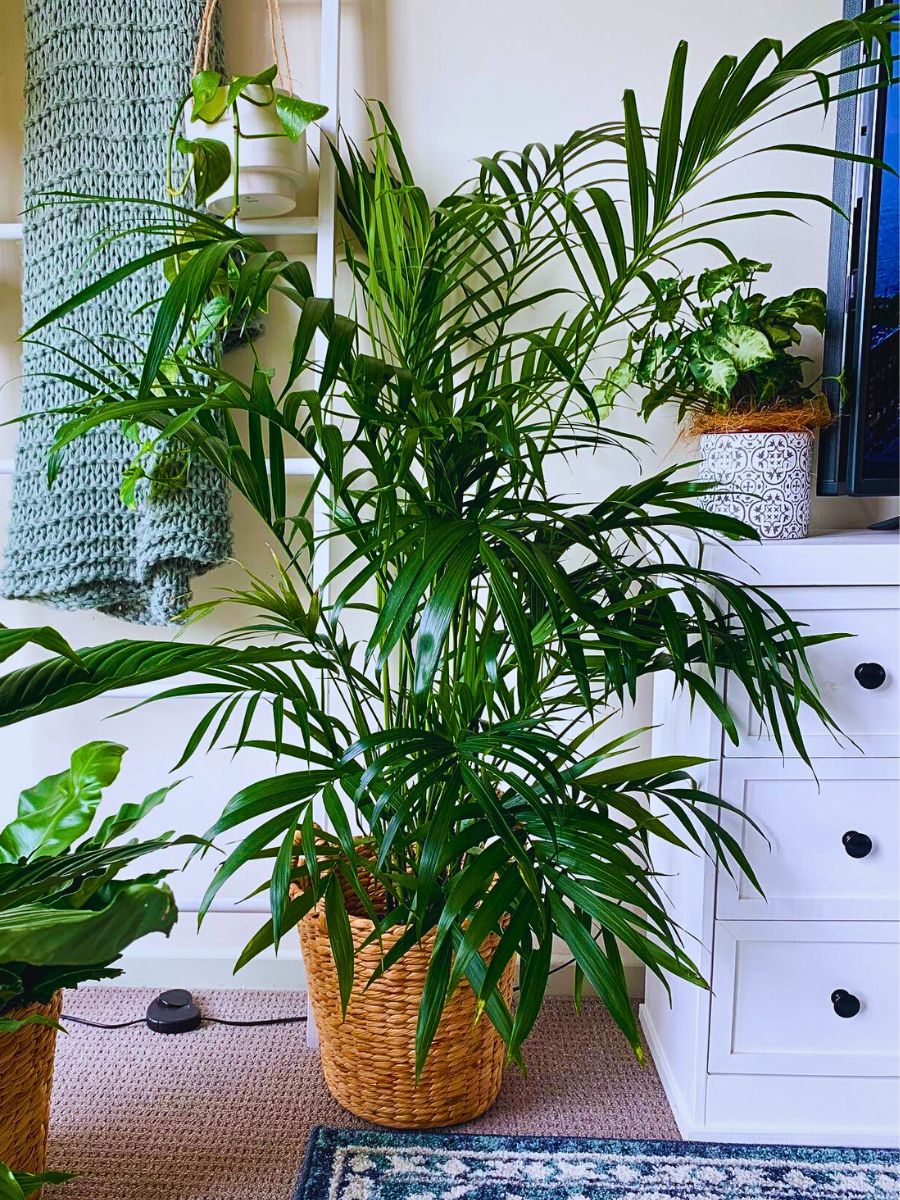
What Makes the Cat Palm Stand Out?
The Cat Palm tree has so many advantages that make it unique and loved by many. Such include:
- Low maintenance: Cat Palm’s foliage remains dark green and lush without frequent trimming, unlike the Areca, which often requires maintenance to remove yellowing leaves at the base.
- Aesthetic appeal: With a compact, bushy form, the Cat Palm offers a balanced, appealing look similar to the Kentia Palm, but avoiding the 'pot of tall grass' appearance seen with Areca Palms.
- Resilience in transit: The Cat Palm’s durability allows it to arrive with minimal trimming or recovery needs, reducing labor costs for growers and retailers.
- High-altitude quality: TAK Global’s high-altitude nursery nurtures strong, firm leaves, enhancing the Cat Palm’s hardiness and aesthetic qualities.
- Versatile use: The Cat Palm adapts well to indoor and tropical outdoor settings, making it an appealing choice for diverse landscaping needs.
- Cost-effective choice: Priced between the Areca and Kentia, the Cat Palm provides great value with its combination of low maintenance, durability, and visual appeal.
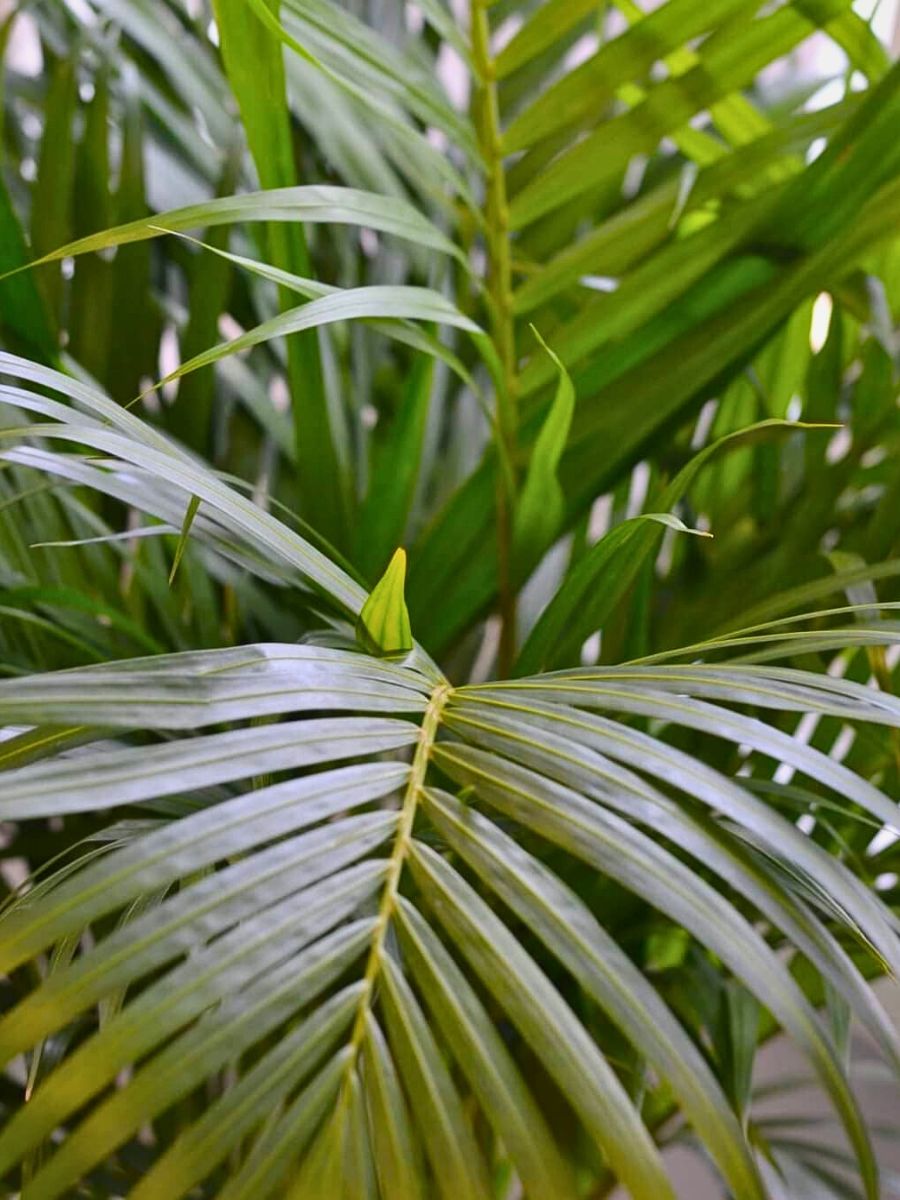
What Makes the Cat Palm Tree a 'Plant on Steroids'?
The Cat Palm, scientifically known as Chamaedorea cataractarum, is a small, attractive palm native to Southeastern Mexico and Central America. It is commonly referred to as the Cascade Palm or Cataract Palm. This palm is highly rated for indoor use due to its lush appearance and low maintenance requirements. It is also a perfect palm for outdoor planting in tropical climates.
We could talk a lot about its lush and dense foliage with a graceful presence, but that's just part of what makes this palm a palm on steroids, or rather, a game-changer. Its longevity and hardiness make the Cat Palm easy to work with in the trade as a grower and a reseller to consumers. Additionally, the Cat Palm remains fresh for an extended period, whether in transit or upon arrival.
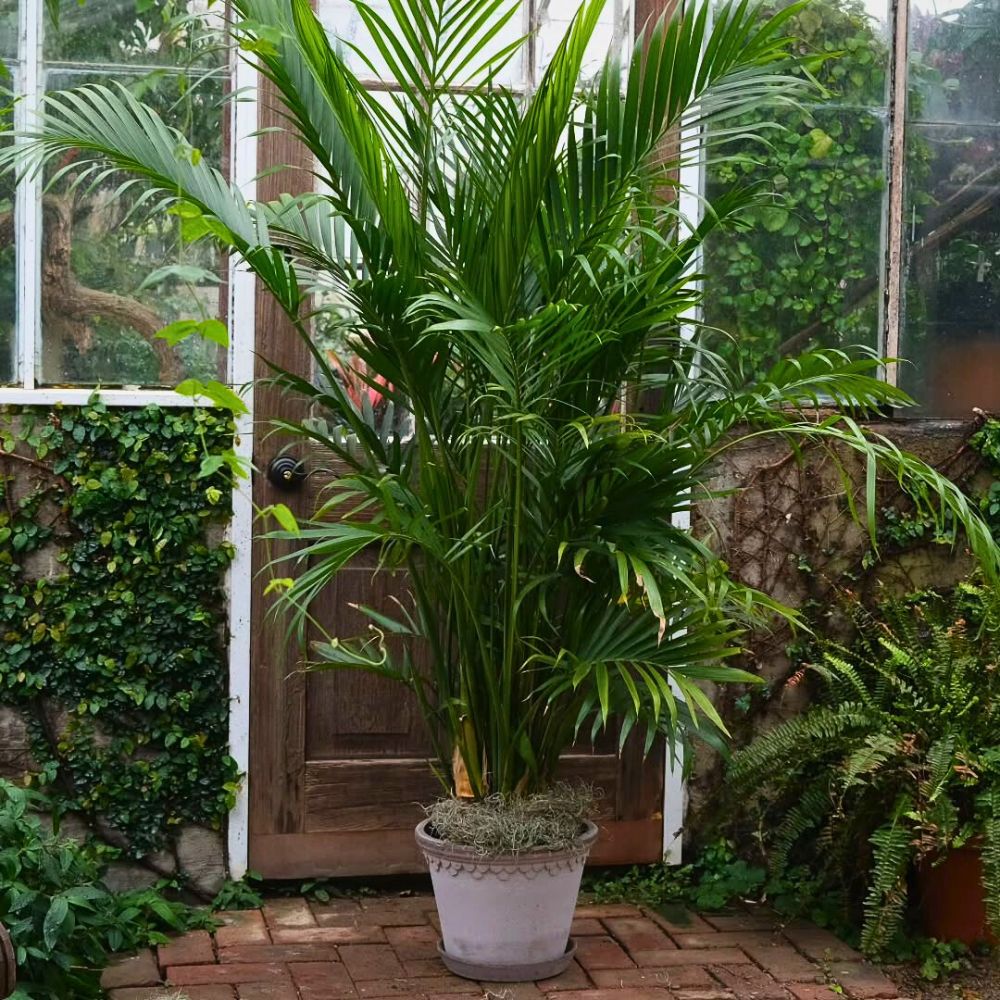
Cat Palms Have Dark Green Leaves That Stay Fresh
Cat palm trees impress most when compared with the growing traits of competing palms like the Areca. Their compact size, bushy growth, and lush, dark green foliage—a bit less dense than the Areca—make them a better statement palm when grown indoors. The Cat Palm leaves also stay healthy and dark green, whereas Areca Palms often turn yellow more quickly. Cat Palms require minimal maintenance compared to Areca Palms.
Though Arecas can withstand prolonged dry periods, their foliage tends to turn yellow, and trimming or pruning regularly is needed to maintain appeal. Cat Palms, on the other hand, do not. Because the Cat Palm is a bit less dense than the Areca, its appearance is more like the Kentia palm—not just 'a pot filled with tall grass,' as many plant wholesalers describe the Arecas. Its appearance is closer to the more highly appreciated Kentia palms.
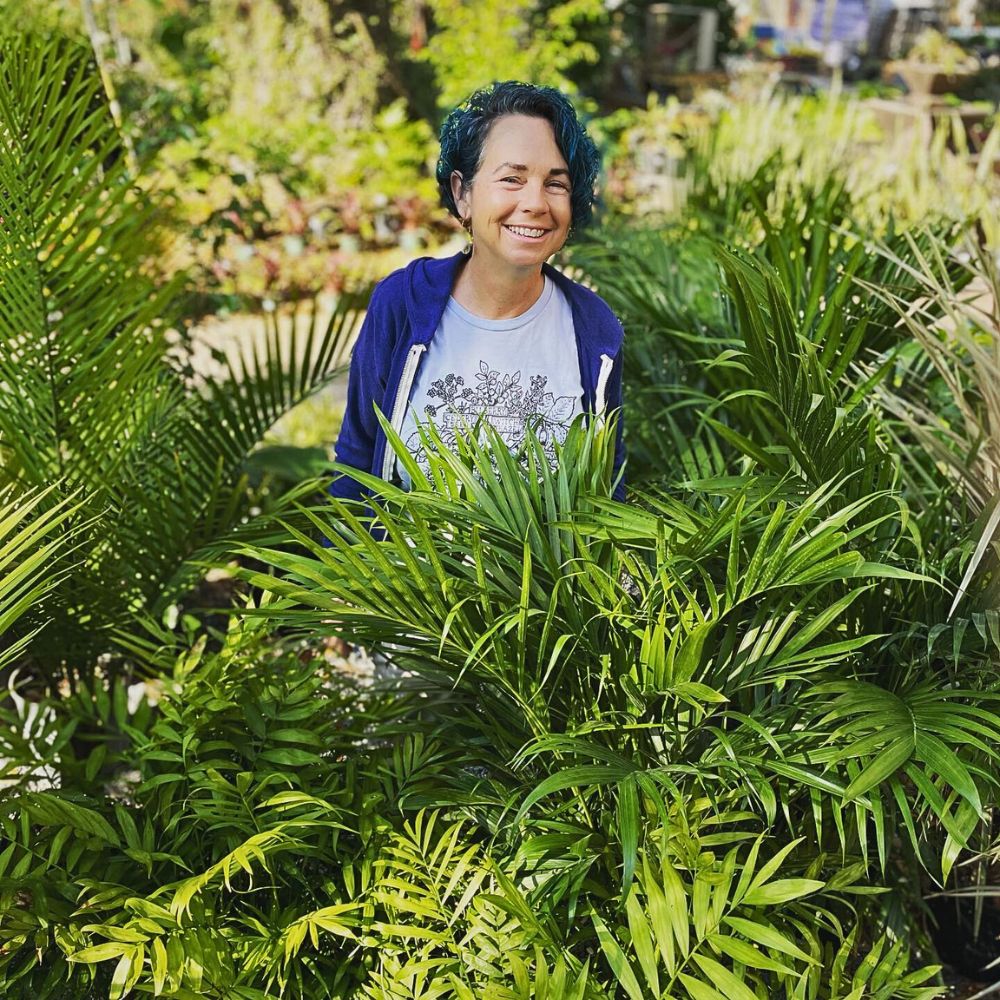
How Is the Cat Palm Better for Shipping and Handling?
The Cat Palm tree is right at the sweet spot between Areca and Kentia Palms, meaning it requires much less labor upon arrival. It arrives with lots of vitality, and almost no trimming is needed. The Cat Palm holds better in transit, translating to less recovery time and labor for the grower. Logistically, TAK Global commits to a timeline of 12 weeks until the Cat Palm tree/plant reaches the final consumer, and that is very quick.
Freight lasts for three weeks until arrival at the respective importing grower. Then, only 8 weeks of recovery, repotting, and rerooting are necessary. Within this 8-week timeframe, the Cat Palm plants reach the trader's point, and then you need a week to get to the retailer, at which point the plant is available for purchase by consumers. For TAK Global, with its 20-hectare production area, it can alternate production cycles to ensure all-year-round availability.
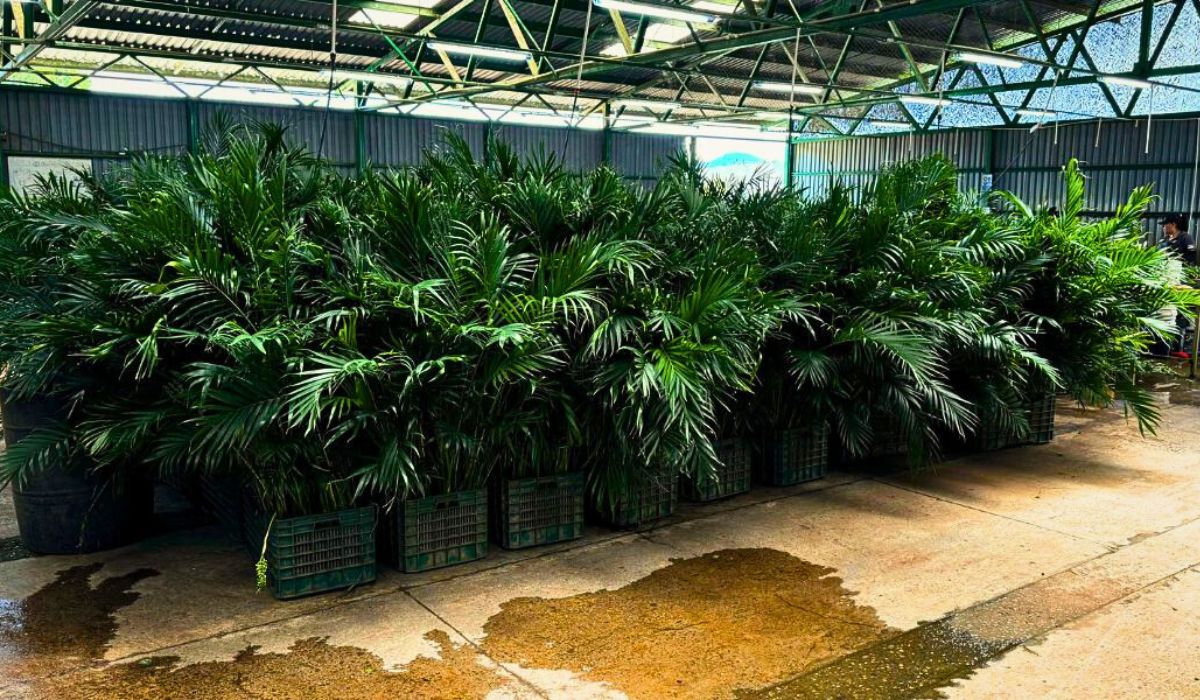
What Is the Price Point for Cat Palms Right There at the Sweet Spot?
While it is already making waves in the cut foliage segment, the Cat Palm is here for the ornamental plant throne. Its ability to better adapt to various environments than Arecas, while still looking good, makes the Cat Palm tree an indispensable choice for designers and landscapers.
Whether used as ground cover, for outdoor landscaping, or as a statement piece in indoor spaces, the Chamaedorea cataractarum brings a fresh, modern appeal that's hard to ignore. And its price sits right between the Areca and Kentia Palms. Also notably, TAK Global is the largest grower of the Cat Palm, grown in the best location, with a strong production model and unmatched quality.
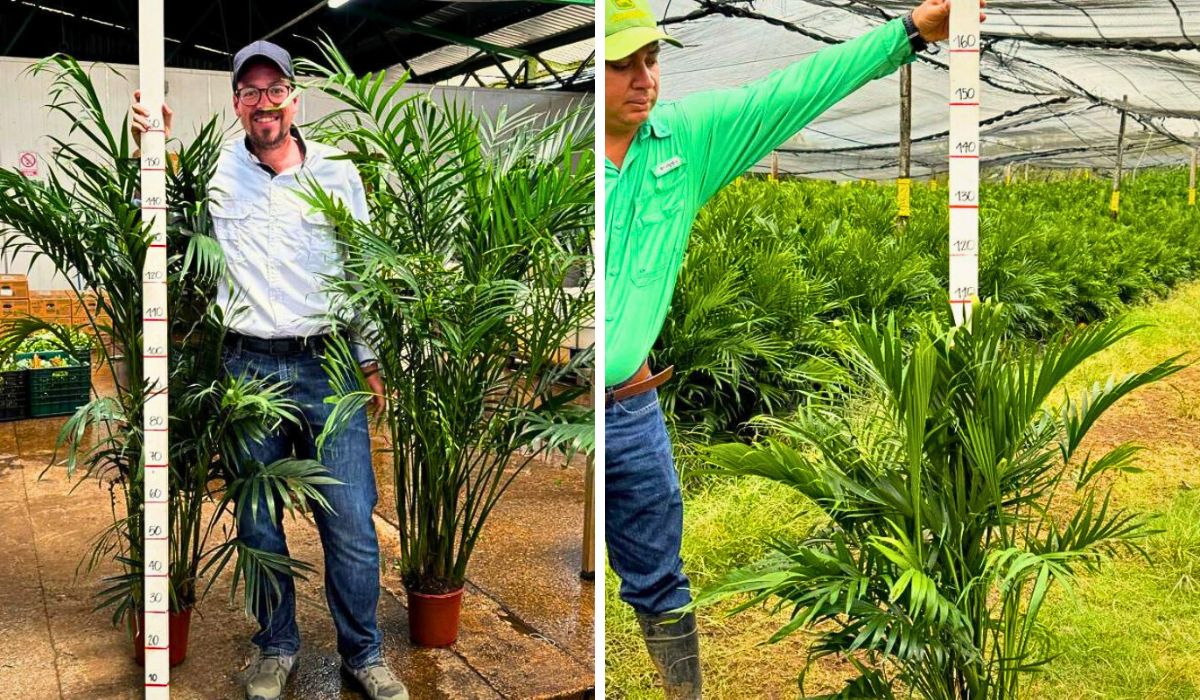
Coming From TAK Global, It Makes All the Difference
The altitude of TAK Global's in Costa Rica plays a key role in producing Cat Palms of superior quality. Located at a higher elevation, the TAK Global nurseries benefit from a unique microclimate, where cooler temperatures and regulated sunlight exposure contribute to the plant's resilience and aesthetic appeal. This environment naturally slows the plant's growth, leading to a denser leaf structure and a firmer stem.
The cooler air and moderate sunlight intensity also encourage the formation of darker, richer green leaves that are visually striking and more robust and resistant to environmental stress. Additionally, the gentle fluctuations in temperature across day and night cycles at higher altitudes improve leaf thickness, improving the plant's water retention and reducing susceptibility to wilting.
These conditions create a durable, healthy Cat Palm that stands out in quality, making it highly attractive to commercial buyers and individual plant enthusiasts. Essentially, as the largest grower of the Cat Palm, TAK Global offers the best location, with a strong production model and practically unmatched quality.
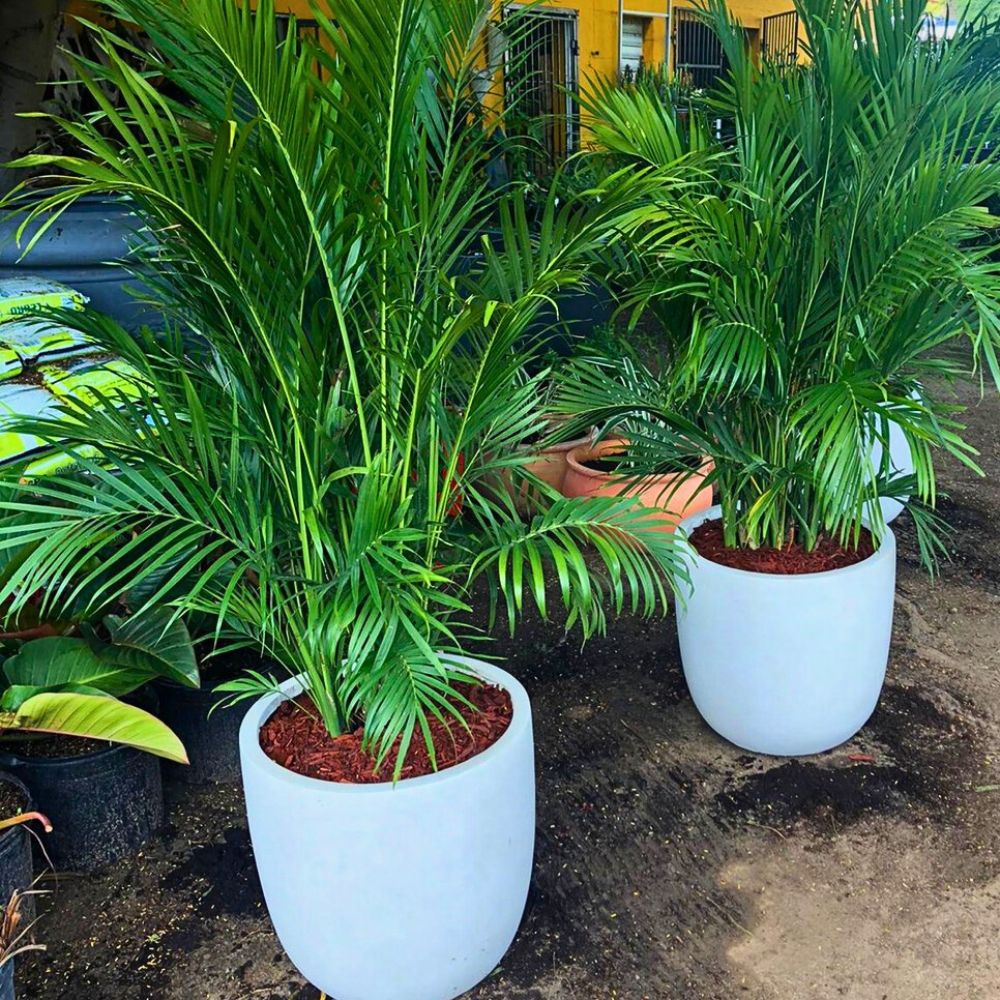
Production and Logistical Timelines of Cat Palm From TAK Global
How does the Cat Palm come to your nursery, trading grounds, garden center, or flower or plant shops? It all starts with seed collection. Seed collection and germination on plugs take roughly 13 weeks, after which the plugs are potted into a bottomless pot to the fertile grounds.
Rooting, maintenance, and further growing continue in a 14cm pot for another 60 weeks. Afterward, harvesting, repotting, and rerooting are performed to multiply the Cat Palms in preparation for export. The repotting and rerooting last for 6 weeks, and within another week, packing and shipping follow.
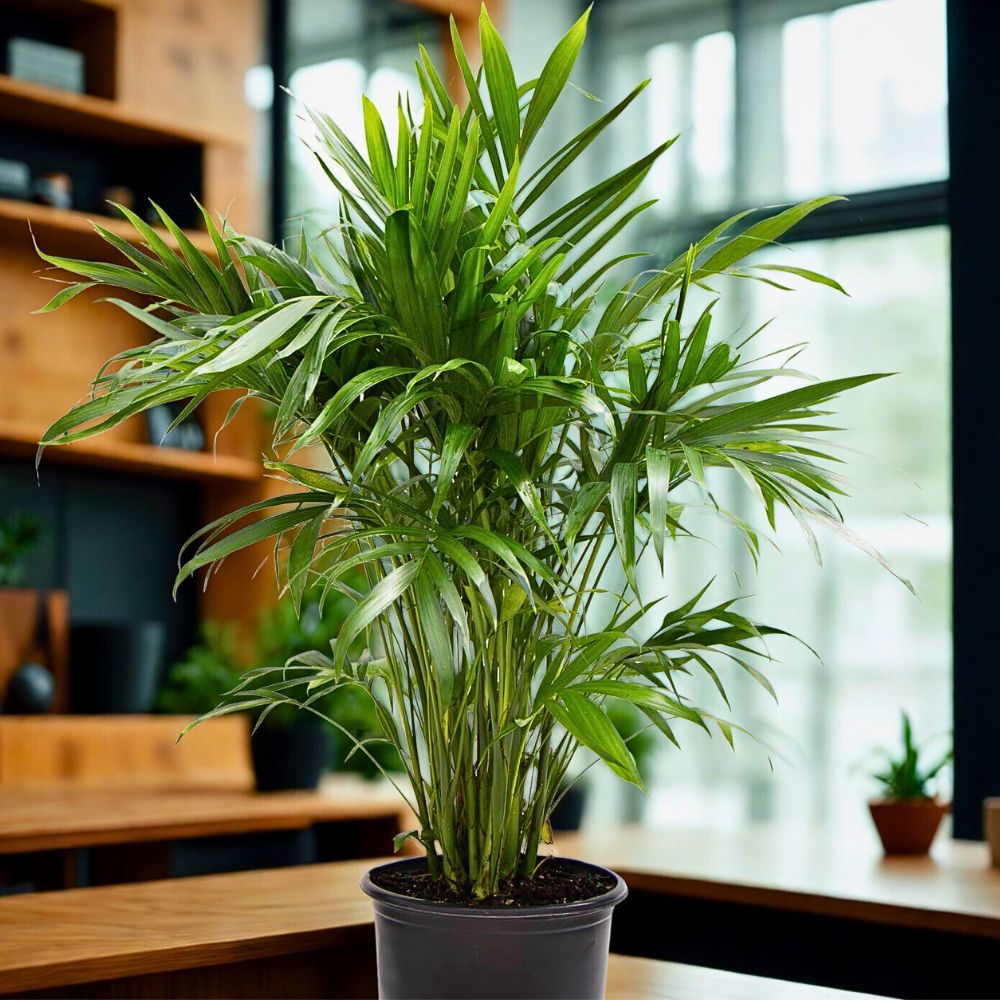
Regarding logistics, TAK Global guarantees that the Cat Palm plant will reach the end user (the consumer) in 12 weeks. Freight takes 3 weeks to get to the importer or grower. Compared to competing palms, the quickest turnaround time for healing, repotting, and rerooting at the receiving grower is only 8 (!) weeks. The Cat Palm plants would get the trader's point within the allotted eight weeks, then the retailer a week later; at this point, the plant would be ready for customer purchase.
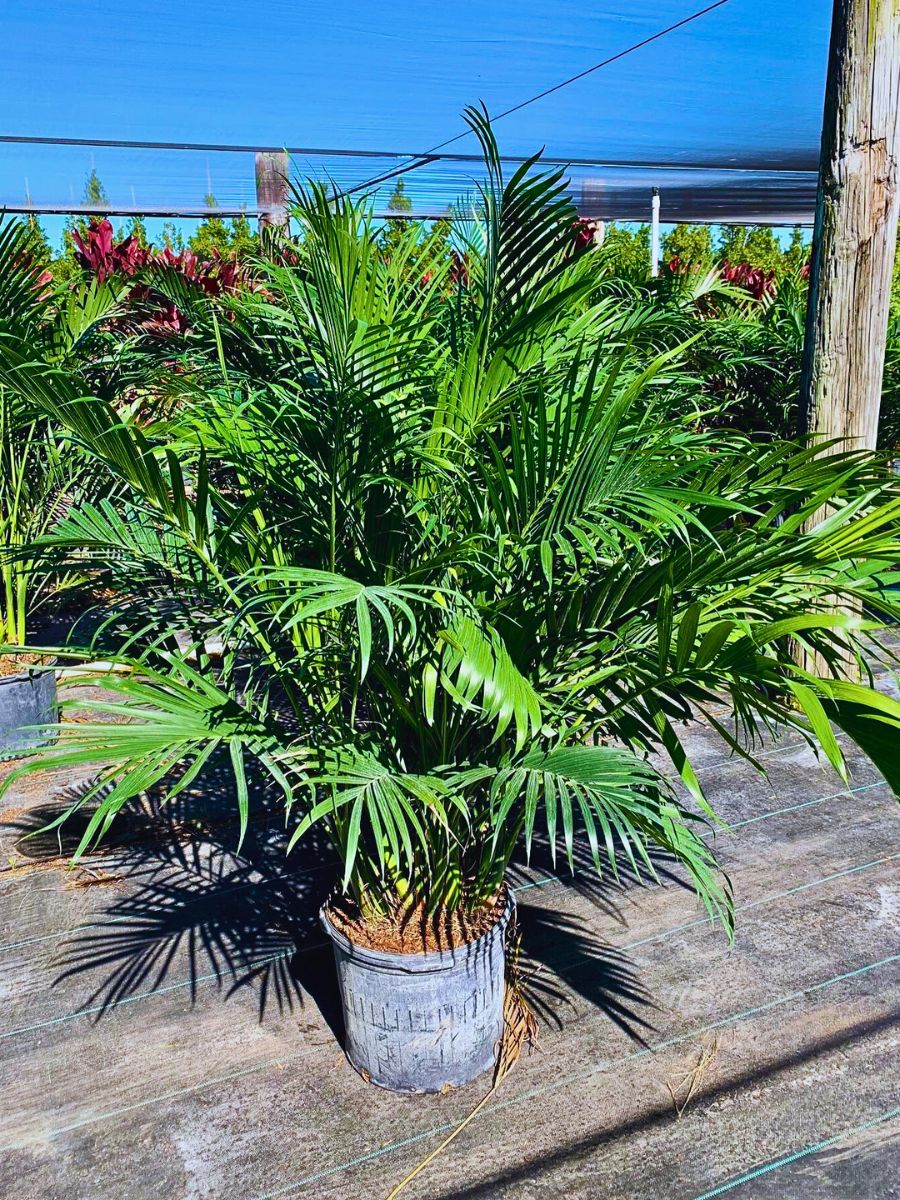
Cat Palm Is a Win Against Its Rival Palms Areca and Kentia
The dominance of the Areca Palm in the ornamental space will likely not be long; the entrance of Chamaedorea Cataractarum is here for a (big) share of the cake. The new kid on the block hits better quality, has growing standards, and has higher prices than its rivals. Cat Palm is an excellent option between the prevalent Kentia and Areca Palms, not only in terms of pricing but also in terms of labor intensity, resilience, and hardiness.
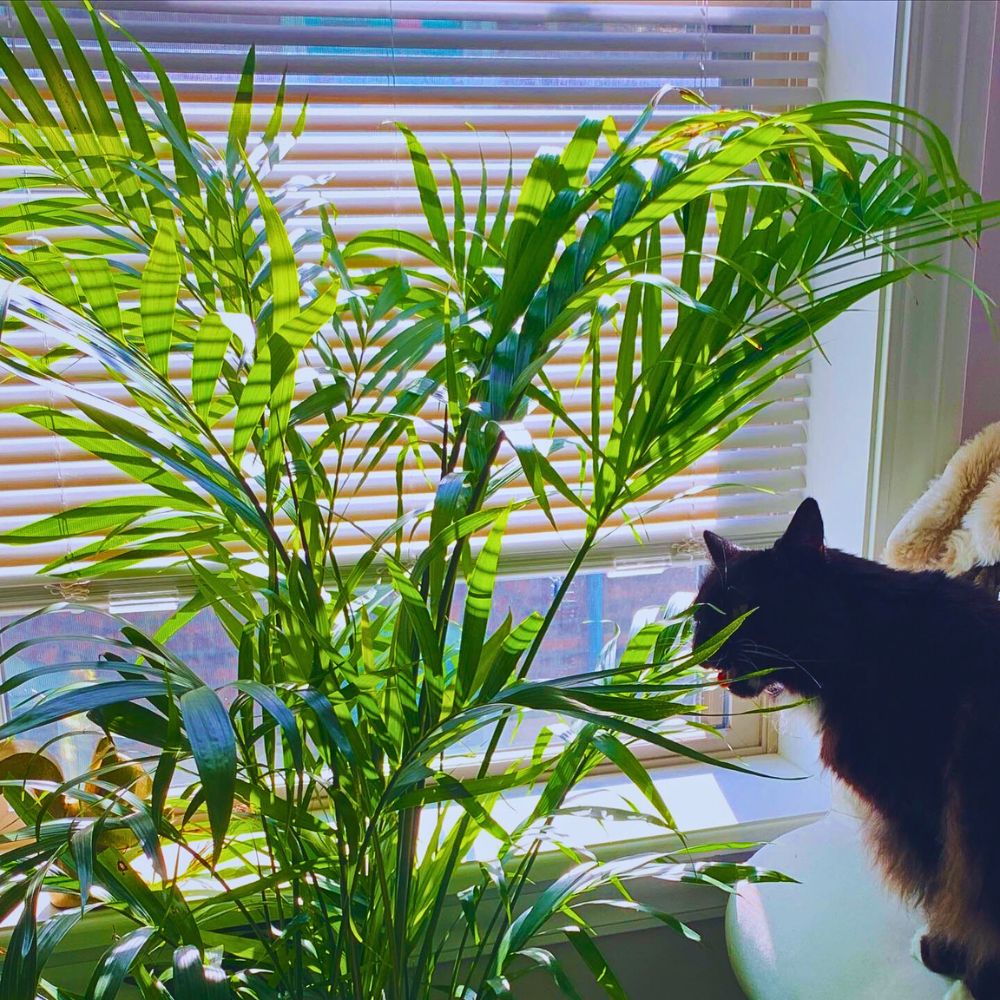
Cat Palm's quick recovery periods and compactness make it easy to scale up during repotting. Scaling up with Cat Palm is easy, and one can have enormous volumes in the greenhouse because of the excellent availability at TAK Global, which brings you the Cat Palm storm, grown with passion, sustainably, and... for you!

